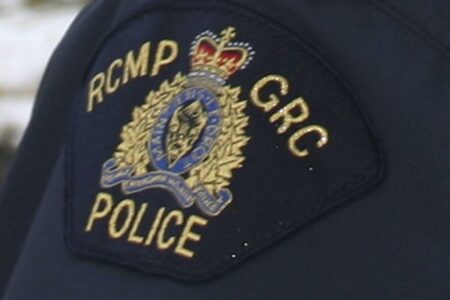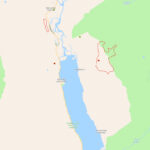COMMENT: For frack’s sake
When Josh Fox received a letter offering him nearly $100,000 for the natural gas extraction rights on his Pennsylvania property, his first reaction was: nice chunk of change. Then he started wondering what was involved in the hydraulic fracturing (“fracking”) process proposed.
Looking for the answer took him on a road trip across the United States during which he interviewed individuals and communities whose lives and livelihoods had been damaged by the poisoning of their groundwater and air by fracking operations. The result was the Oscar-nominated documentary Gasland.
Fracking, as Fox discovered, involves blasting huge volumes of water, laced with a cocktail of often carcinogenic or neurotoxic chemicals, into drilled wells to fracture the shale and release captured deposits of oil and gas. Up to 50% of this toxic water stays in the ground (where it can contaminate groundwater), while much of the rest comes back as toxic wastewater (benignly dubbed “produced water”).
Fox didn’t make it to Canada, so he didn’t meet Jessica Ernst, the Alberta scientist who went public after discovering her tap water (which she can set on fire) had been contaminated with methane by Canadian gas giant Encana.
That the process could threaten human health seems inevitable to Dr Theo Colborn, co-author of Our Stolen Future, who warns: “From the first day the drill bit is inserted into the ground until the well is completed, toxic materials are introduced into the borehole and returned to the surface along with produced water and other extraction liquids… It has been common practice to hold these liquids in open evaporation pits until the wells are shut down, which could be up to 25 years. These pits have rarely been examined to ascertain their chemical contents… Our data reveal that extremely toxic chemicals are found in evaporation pits… These chemicals are being re-injected underground, creating yet another potential source of extremely toxic chemical contamination.” Nice.
The health problems caused by fracking which are highlighted in Gasland, also feature prominently in the new Matt Damon film, Promised Land. Neither tells the full horror story.
As Joyce Nelson details in an article in the current issue of Watershed Sentinel, 2012 was a fracking bad year for the shale oil and gas industry. Not only have tales of poisoned drinking and groundwater continued to amass, but a Colorado School of Public Health study has revealed a dramatically increased cancer risk from air contaminants. Meanwhile, a peer-reviewed study directly links livestock illnesses and deaths with air and water pollution from fracking operations.
Then there are the health problems involved in open pit mining for frac-sand (crystalline silica) in Alberta, Saskatchewan and throughout the US. As Nelson reports: “Frac-sandstorms are taking a toll in areas where the wind whips up massive clouds of silica dust that linger for hours, threating workers and nearby residents with silicosis and other lung disorders.”
Then there are the earthquakes. Yes, that’s right. Earthquakes. Nelson points to a Science News report which links the disposal of fracking fluid into wastewater wells with dramatically increased earthquakes and other seismic activity in the US Midwest. An August 2012 report by the BC Oil and Gas Commission concluded that the hydraulic fracturing process itself had caused earthquakes in the Horn River Basin.
And then there is the water issue. The amount of water required for fracking a well can vary from 3.5 million litres to 30 million litres, with wells being refracked up to 18 times. Yes, the volume of water required is huge.
As Nelson reports, BC’s Liberal government is currently considering 20 applications for water licenses to withdraw trillions of litres from the Fort Nelson River. (Encana alone is slated to be given three billion litres a year for its fracking operation.) In June 2011 the province granted (with no public consultation) permits for both Talisman Energy and Cambrian Energy to withdraw 10 million litres of water from the Williston Reservoir every day for 20 years.
If that’s not enough to make you tear your hair out, Nelson’s description of the level of compensation foreign investors can expect out of our tax dollars if future governments wake up and smell the methane may leave you bald.
In Gasland, a farmer with poisoned tap water, told that natural gas is crucial to the government’s energy independence strategy, asks why they can’t build solar panels instead. Good question. Why the frack not?
Miranda Holmes is an associate editor of Watershed Sentinel. To read Joyce Nelson’s article “Fracking Farce 2012”, go to www.watershedsentinel.ca/content/fracking-farce-2012. Photo © Gasland, available for viewing on Netflix.


























Comments